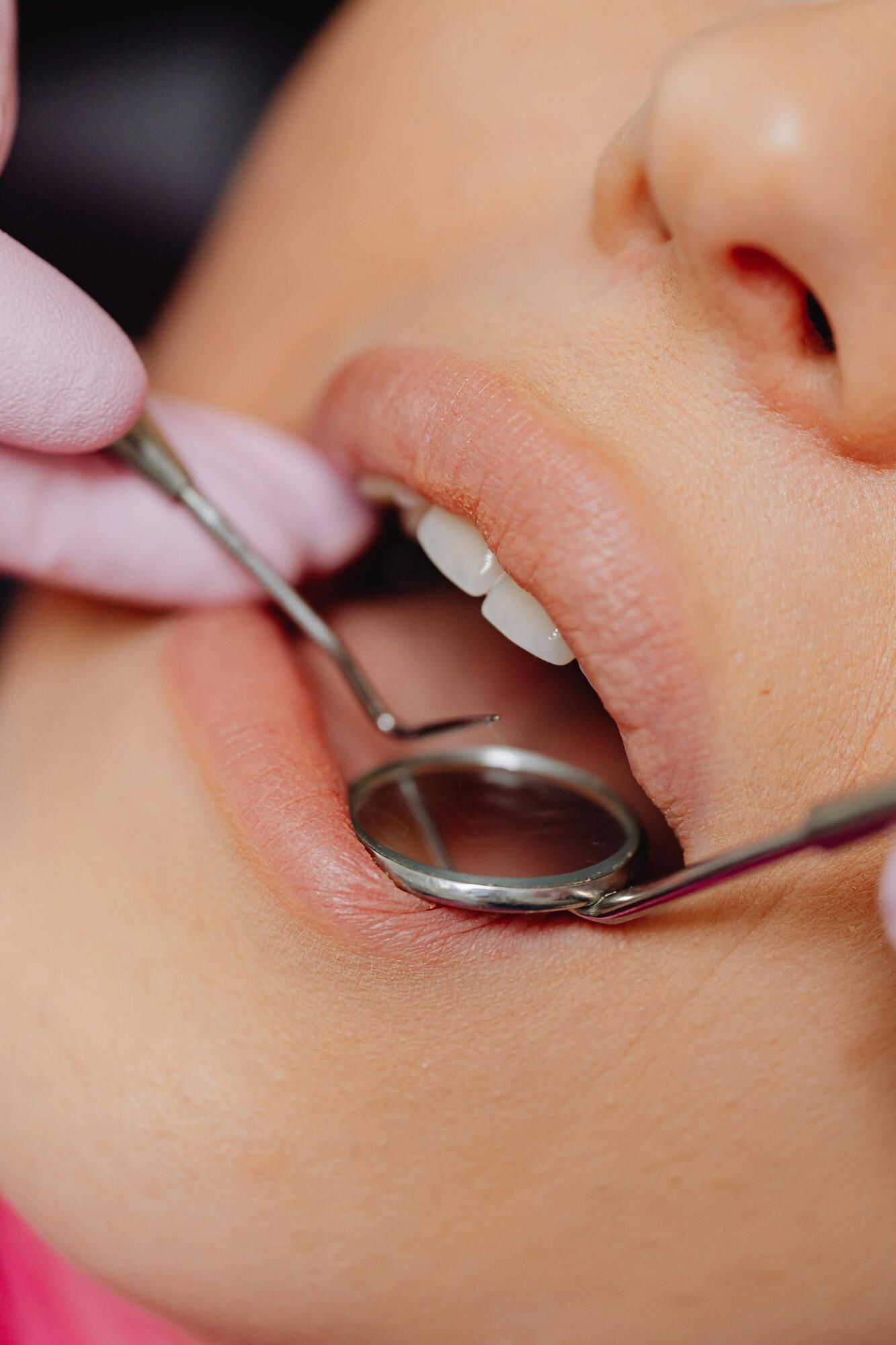The Evolution of Dental Veneers: A Historical Perspective
From Hollywood Beginnings to High-Tech Smiles
Dental veneers have transformed dramatically over the past century. According to the American Culture Club’s historical report on veneers, “the journey of dental veneers from experimental fixes to today’s high-tech solutions reflects advancements in dentistry and materials science.”
This evolution highlights how innovations in materials, bonding, and design have turned veneers into one of the most trusted cosmetic dentistry treatments today.
Early Origins in Hollywood
The story begins in the 1920s, when actors needed a quick way to improve their on-screen smiles. In 1937, Dr. Charles Pincus introduced acrylic resin shells that could be applied temporarily for film shoots. While short-lived, these early Hollywood veneers paved the way for more permanent solutions later in the century.
Breakthroughs in Bonding Technology
The 1980s marked a major leap forward. Researchers discovered that
etching tooth enamel improved adhesion, allowing porcelain veneers to bond securely and last longer. This was a turning point in cosmetic dentistry, with veneers finally becoming durable enough for everyday use. As the press release explains,
“etched porcelain and resin bonding made permanent adhesion possible, transforming veneers from temporary props to reliable restorations.”
The Digital Era: Precision and Customization
By the early 2000s, digital technology reshaped veneer design. Innovations like CAD/CAM systems, 3D printing, and digital scanning allowed dentists to deliver veneers that fit with incredible accuracy. Modern options also include minimal-prep veneers and biocompatible materials such as porcelain and zirconia, designed to mimic natural enamel while resisting wear.
Cultural Influence and Patient Demand
Beyond the science, veneers became a cultural icon. By the 1990s, celebrities had made them synonymous with the “Hollywood smile,” and today social media continues to fuel demand for picture-perfect teeth. As noted in the historical perspective, veneers have grown from niche enhancements into one of the most sought-after treatments in cosmetic dentistry.
What’s Next for Veneers?
Looking forward, the future of veneers lies in
AI-driven smile design, sustainable materials, and hybrid approaches that combine orthodontics with cosmetic treatments. These innovations promise to make veneers more natural, more personalized, and more environmentally friendly
Why This History Matters for Patients Today
Understanding the evolution of veneers shows how far the treatment has come:
- Earlier versions were fragile and temporary
- Modern veneers are strong, long-lasting, and designed to look like natural teeth
- Future innovations could make treatment even more customized and minimally invasive
For a deeper dive into this fascinating history, read the complete American Culture Club release on veneer evolution.






